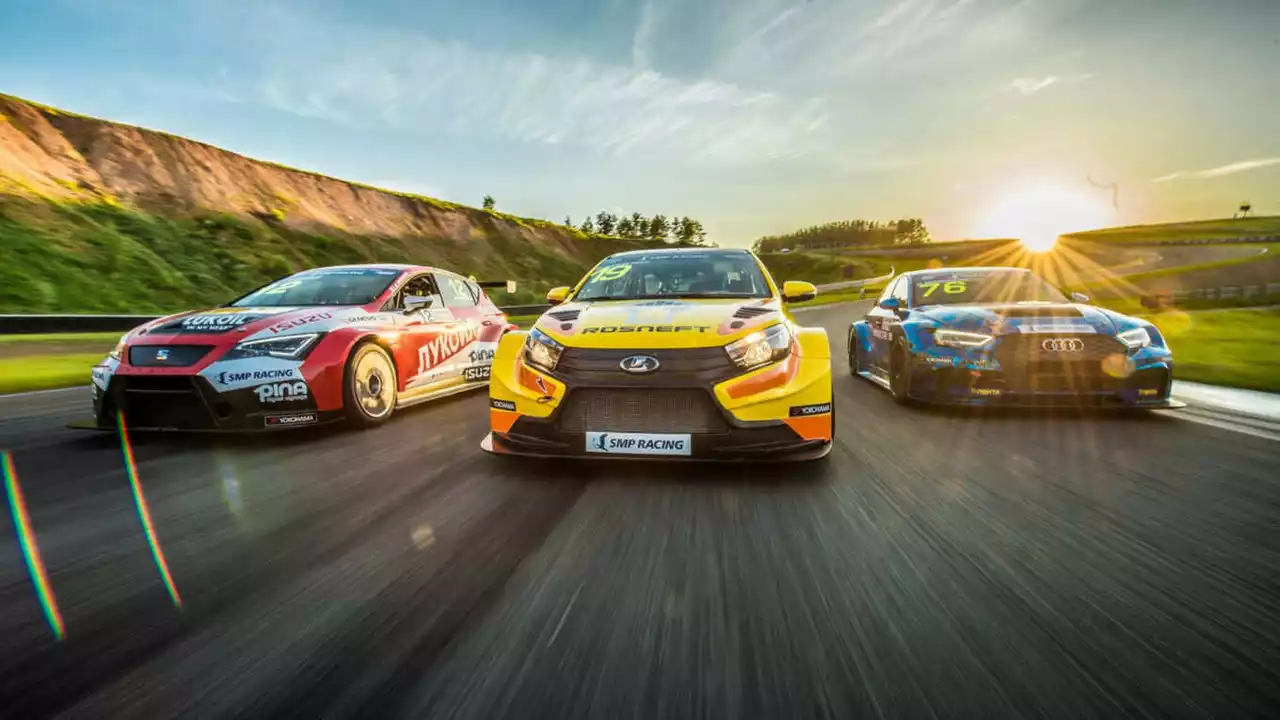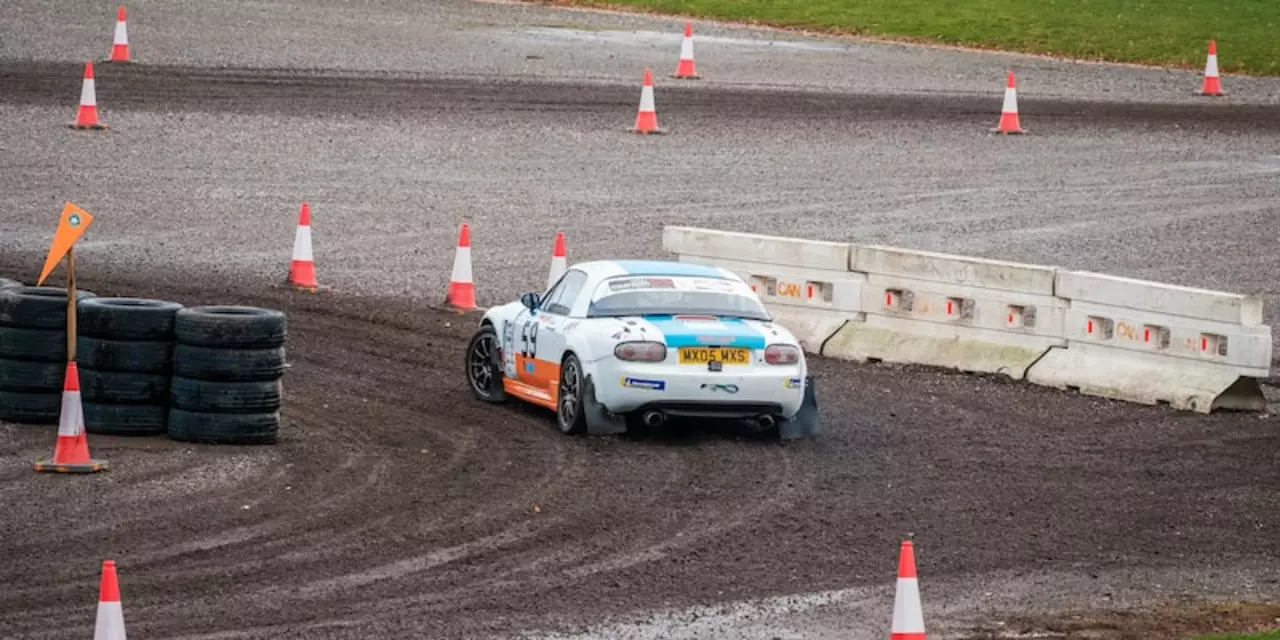Motorsports: Rally, F1 and How to Get Started
Welcome to the motorsports corner of Carmageddon Rally Mayhem. If you love the roar of engines, the smell of burnt rubber, and the thrill of a perfect corner, you’re in the right place. Here we break down the biggest topics that keep fans buzzing – from the long‑haul tactics of rally to the split‑second decisions in Formula 1, and even how a teenager can jump into rally racing safely.
Rally vs. F1: Strategy Showdown
Ever wondered why a rally driver talks about “preserving the car” while an F1 pilot shouts “push the limit”? The core difference is terrain. Rally races jump from gravel to snow to tarmac, meaning drivers must manage grip, weather changes, and the wear on suspension. They plan for endurance, choosing when to hold back and when to attack a stage. F1, on the other hand, runs on a smooth, fixed circuit. Every lap is a repeat of the same line, so teams focus on outright speed, tire degradation, and pit‑stop timing. A typical F1 race can be won or lost in a single pit window, while rally crews think in terms of overall stage time across several days.
Both sports use data, but the data sets differ. Rally crews study road books, pace notes, and satellite maps. F1 engineers drown in telemetry, down‑force charts, and lap‑by‑lap lap times. Understanding these contrasts helps you appreciate why a rally driver will say, “I’m saving my tires for the next mountain pass,” and an F1 driver will say, “We need fresh rubber now.”
Teen Tips: Getting Started in Rally Racing
If you’re a teenager itching to try rally, start with the basics. First, find a local rally club or youth program – many regions have junior leagues that let you practice on closed courses. These groups teach you the rules, safety gear, and how to read pace notes.
Next, get the right gear. A certified helmet, fire‑resistant suit, gloves, and boots aren’t optional; they’re the law in most events. Investing in these items early saves you money later and builds confidence on the track.
Practice makes perfect, but you don’t need a race‑ready car right away. Begin with a modest, rear‑wheel‑drive vehicle that’s easy to handle – something like a Subaru Impreza or a Mitsubishi Lancer. Work on car control on gravel lots, then move to wet surfaces as you get comfortable.
Mentorship is golden. Pair up with an experienced driver who can show you the ropes, from braking techniques to reading road books. Watching real rally stages, either live or on video, also helps you spot how pros manage corners and sections. Finally, stay patient. Rally is a marathon, not a sprint. Each stage builds skill, and every mistake teaches you something new. Stick with it, and soon you’ll trade “I’m learning” for “I’m winning my class.”
That’s the quick rundown of what’s hot in motorsports right now. Whether you’re a fan comparing rally and F1 strategies or a teen dreaming of your first stage, the world of high‑octane competition has something for you. Keep checking back for fresh articles, race updates, and community tips. The road never ends – and neither does the excitement.

How does race driving strategy differ between rally and F1?
Racing strategies vary greatly between rally and F1 races, folks. Rally racing is all about endurance and mastering unpredictable terrains, so drivers often prioritize careful navigation and car preservation. On the other hand, F1 racing is a flat-out sprint on a defined circuit, where precision and speed are paramount, and drivers focus on aggressive overtaking and strategic pit stops. Essentially, rally drivers are playing the long game, while F1 drivers are all about that instant burst of speed and tactical execution. It's fascinating how one sport can have such diverse approaches, isn't it?

How do I start learning rally racing as a teen?
Rally racing can be an exciting and rewarding hobby for teens. To get started, teens should research local rally racing clubs and organizations and learn about the rules and regulations for the sport. Teens should also look for experienced coaches and mentors who can provide guidance and support. Additionally, teens should purchase all the necessary safety equipment and practice driving on courses that are similar to rally racing courses. Finally, teens should take advantage of any opportunities to observe and learn from experienced racers. With the right guidance and practice, teens can become skilled rally racers and enjoy the thrill of the sport.